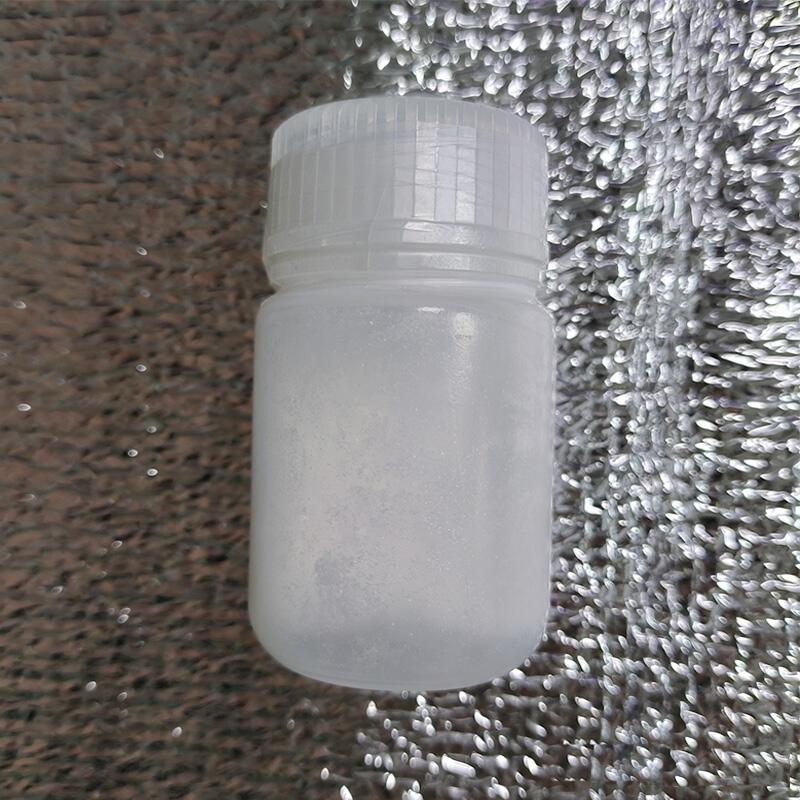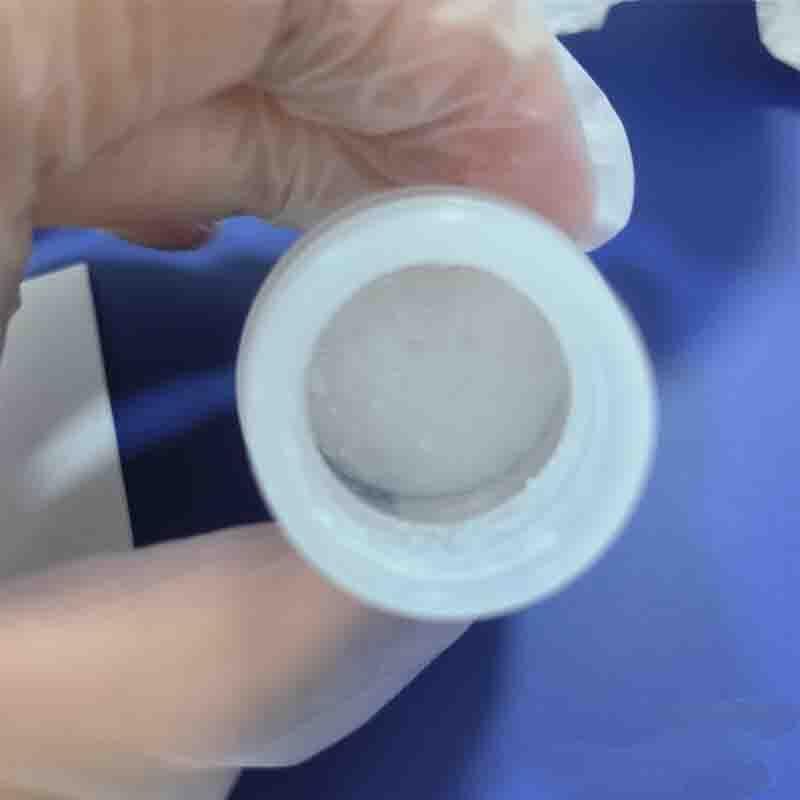-
Categories
-
Pharmaceutical Intermediates
-
Active Pharmaceutical Ingredients
-
Food Additives
- Industrial Coatings
- Agrochemicals
- Dyes and Pigments
- Surfactant
- Flavors and Fragrances
- Chemical Reagents
- Catalyst and Auxiliary
- Natural Products
- Inorganic Chemistry
-
Organic Chemistry
-
Biochemical Engineering
- Analytical Chemistry
-
Cosmetic Ingredient
- Water Treatment Chemical
-
Pharmaceutical Intermediates
Promotion
ECHEMI Mall
Wholesale
Weekly Price
Exhibition
News
-
Trade Service
Drotaverine is a phthalimide derivative used as an anti-inflammatory and analgesic drug.
It is widely used in the treatment of pain and inflammation caused by various diseases such as rheumatoid arthritis, osteoarthritis, and muscle pain.
The synthesis of drotaverine involves several synthetic routes, which can be broadly classified into two categories: chemical synthesis and bioengineering synthesis.
In this article, we will focus on the chemical synthesis of drotaverine.
Chemical Synthesis of Drotaverine
The chemical synthesis of drotaverine involves several steps, which can be broadly classified into the following stages:
- Preparation of starting materials
- Condensation reactions
- Ring closure
- Substitution reactions
- Condensation and Ring closure
- Final steps
Let's take a closer look at each of these stages in detail.
- Preparation of starting materials
The starting materials required for the synthesis of drotaverine are:
- N-acetyloxypropanamide
- O-benzylhydroxylamine
- Isobutyl chloride
N-acetyloxypropanamide can be prepared by the reaction of acetamide with sodium cyanate in the presence of water.
The reaction involves the replacement of the acid group of acetamide with a nitrile group, followed by the hydrolysis of the nitrile group to form the required amide.
O-benzylhydroxylamine can be prepared by the reduction of nitrobenzene using sodium methoxide in the presence of methanol.
The reaction involves the replacement of the nitro group with a hydroxyl group, followed by the dehydrogenation of the resulting benzaldehyde to form the required hydroxylamine.
Isobutyl chloride can be prepared by the chlorination of isobutyl alcohol using thionyl chloride.
The reaction involves the replacement of the hydroxyl group of isobutyl alcohol with a chlorine group.
- Condensation reactions
The next step in the synthesis of drotaverine involves the condensation reactions between the starting materials.
The condensation reactions involve the formation of a new bond between the two reactant molecules, resulting in the formation of a new compound.
The condensation reaction between N-acetyloxypropanamide and O-benzylhydroxylamine in the presence of an acid catalyst such as sulfuric acid results in the formation of a new compound, which is then treated with an excess of sodium hydroxide to cleave the intermediate amide.
- Ring closure
The next step in the synthesis of drotaverine involves the closure of the ring of the resulting compound.
The ring closure reaction involves the formation of a new carbon-carbon bond, resulting in the formation of a new ring structure.
The ring closure reaction involves the treatment of the intermediate compound with an hydrogenation catalyst such as palladium on barium oxide in the presence of hydrogen gas.
The reaction involves the reduction of the intermediate compound to form the required phthalimide ring structure.
- Substitution reactions
The next step in the synthesis of drotaverine involves the substitution reactions, which involve the replacement of functional groups in the molecule with new functional groups.
The substitution reaction involves the treatment of the phthalimide ring structure with a suitable reagent, such as 2-chloroethyl ethyl sulfide.
The reaction involves the introduction of a new chlorine group into the phthalimide ring structure.
- Condensation and Ring closure
The final step in the synthesis of drotaverine involves the cond







